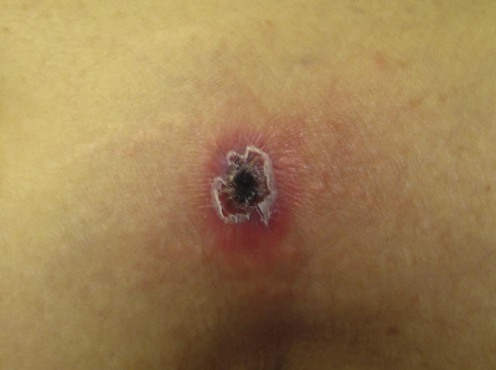Sean C. McElligott, George G. Kihiczak and Robert A. Schwartz
Rocky Mountain spotted fever and other rickettsial infections

Rickettsial spotted fevers
Specific investigations
Rocky Mountain spotted fever and other rickettsial infections






 Doxycycline or tetracycline
Doxycycline or tetracycline Chloramphenicol (in pregnant patients)
Chloramphenicol (in pregnant patients)


